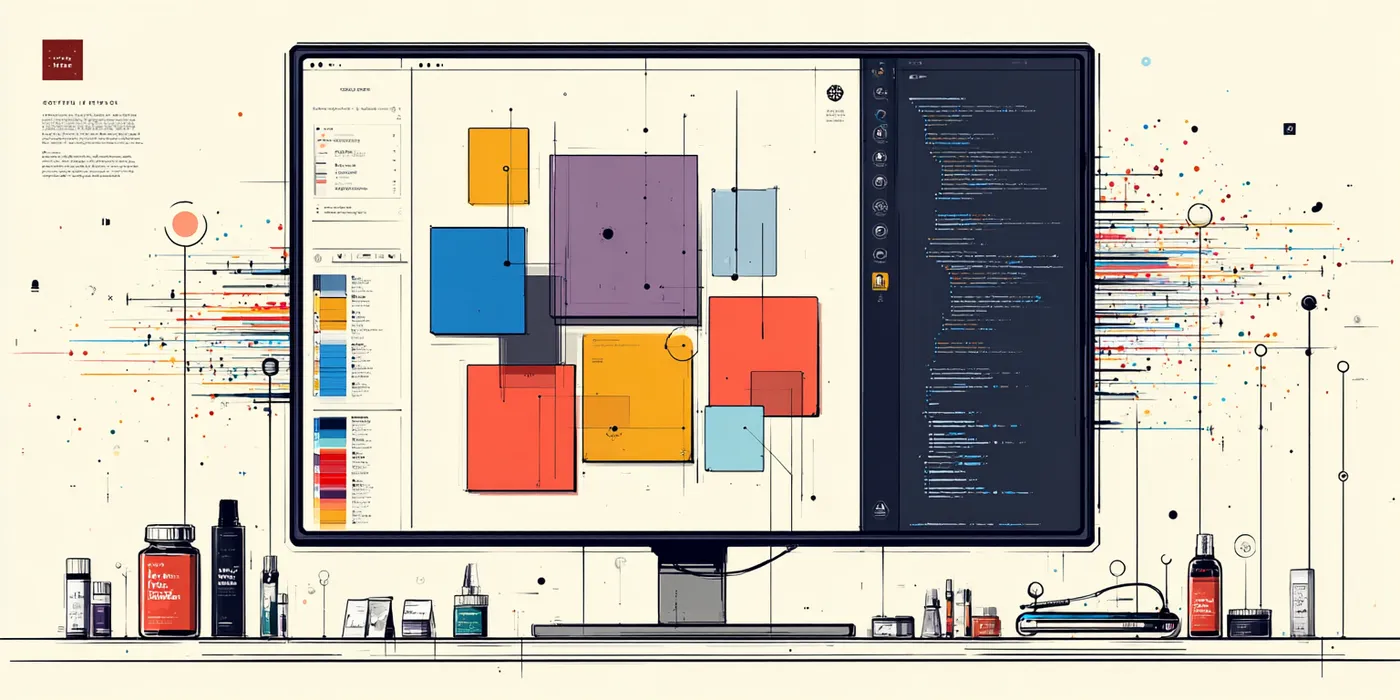How a UK Charity Transformed IT Asset Management with Microsoft Power Platform
for UK Charity in Charity

A leading UK charity responsible for some of the country’s most iconic public green spaces faced increasing challenges in managing IT assets across a dynamic workforce. With limited visibility into device ownership, returns, and compliance, they needed a scalable IT Asset Management solution that integrated with Microsoft Intune and supported the full asset lifecycle. A custom Power Platform solution was delivered, bringing structure, automation, and time-saving efficiencies to their IT operations.
About the Client
The client is a prominent non-profit organisation tasked with managing and preserving eight globally recognised urban parks in London, part of the hereditary possessions of the Crown. With a large, flexible workforce and a strong public mission, they required reliable internal systems to support day-to-day operations and long-term planning.
The Challenge
The client faced significant pain points in managing IT assets:
- Lack of visibility into what devices users had and what needed returning.
- No central process for handling joiners and leavers.
- End-of-life device management was a concern from both environmental and security standpoints.
- Unknown storage locations for returned equipment.
- A need to integrate with Intune to ensure real-time accuracy and reduce manual effort.
- Difficulty in planning device availability for new starters due to low stock visibility.
These challenges created inefficiencies, security risks, and gaps in accountability.
The Solution
A custom Model-Driven Power App was developed on top of Microsoft Dataverse, with Power Automate handling nightly syncs with Microsoft Intune and Microsoft Azure AD to keep asset and user records up to date, streamlining IT operations.
The IT asset management solution delivered the following key features:
Integration with Microsoft Intune
- Dynamic user-asset relationships: Allowing IT to view devices and licenses assigned to any given user.
- Ownership vs. assignment: Decoupling Intune device ownership from actual assignment made it easy to manage loaned or shared devices.
Compliance Monitoring
- Compliance monitoring: IT could set OS version baselines, alerting management to any out-of-date devices.
- Kit Templates: Bundles of standard equipment (e.g. Developer Workstation kits) helped model real-world kit availability and shortages.
Joiner & Leaver Processes
- Joiner process: Assets could be pre-assigned, with signature capture and automated notifications to employees and managers when kit is collected by new starters.
- Leaver process: Departing employees received automated emails listing return requirements. Once items were returned, managers received a receipt detailing which assets were returned and which were not.
- Bulk upload functionality: Simplified onboarding during group inductions by enabling batch asset entry and assignment.
The Results
- Improved visibility across 100% of IT asset management lifecycle stages.
- Significant time savings for IT staff through automation and bulk assignment features.
- Better control through direct integration with Microsoft Intune and the asset management system, linking devices, policies and device owners.
- Better onboarding experience: Devices are now pre-assigned, ensuring new starters are equipped and ready for work from day 1.
- Tighter stock control: Kit Templates enabled better forecasting and helped avoid delays caused by hardware shortages.
- Compliance and security: Out-of-date devices are flagged automatically, helping the organisation maintain a secure environment.
One of the many benefits of using low-code technology is its ability to be adapted quickly to meet a business’s changing needs. Thanks to Agile delivery, the IT Asset Management system was developed in three iterative phases, evolving and growing in capability through real-world usage and client feedback.
What’s Next
Having proven the value of enterprise-level, low-code IT Asset Management, the client now plans to extend the solution across more departments and asset types, building towards a 360-degree view of all corporate assets linked to employees.
Do you have operational IT challenges that could use a fresh perspective?
Why not get in contact today to find out how low-code platforms such as Microsoft Power Platform can help deliver change quickly.
Related work and insights
 Insight
InsightA step-by-step guide showing how to pass a Model-Driven form's execution context into an embedded HTML web resource, so that it can be read and render form field values.
 Insight
InsightLearn how to create scalable, low-code business apps using Microsoft Power Platform and SharePoint Online. Compare approaches and explore real-world use cases.
 Work
WorkSee how a UK nursery group automated staff scheduling, attendance tracking, and payroll using PowerApps, SharePoint, and Microsoft Flow.
 Work
WorkDiscover how HappyWired helped The Pub People transform contract renewals using Microsoft 365 automation tools.